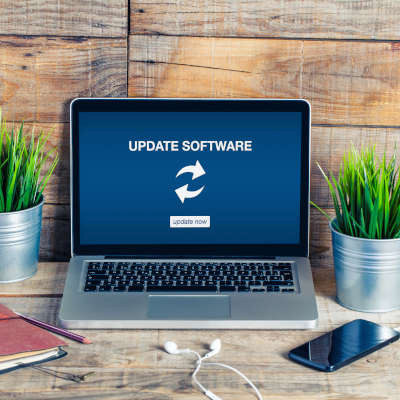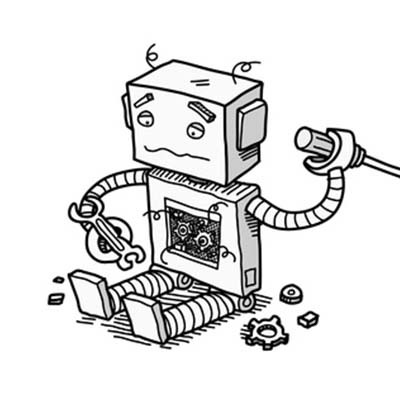If you have never imagined your business in the crosshairs of enemy hackers, you could be in for a rude awakening. Unauthorized access to important business data could be enough to bring your business’ operations grinding to a halt, among other consequences. You need to focus your efforts on security, including protecting your infrastructure and ensuring its redundancy through data backup systems.
Global Tech Solutions Blog
A lot of computing is done today using cloud computing - basically, making use of the computing power, space, and applications that a provider has on their infrastructure as if they were your own. Doing so can provide a very specific benefit to your security, but, have you ever wondered how the cloud itself is protected?
Most of us like to take matters into our own hands, almost to a point where we might refer to ourselves as control freaks. So, when it comes to letting other people or even our own devices update themselves, we tend to click “remind me later” or “don’t ask me again”. Patches however, are a crucial task in the computing era. Keeping everything up-to-date aids your business in staying one step ahead of lurking threats. Recently, Microsoft announced that it had two major security updates which required emergency patches.
When you get a new device, you’re getting more than just the physical device and whatever software is currently installed on it. You’re also getting any updates and patches that the manufacturer and software developers release. However, many users neglect to incorporate these key improvements. Today, we’ll go over why updates and patches are so crucial.
Over the past several months, while watching the news or reading about business and technology, you’ve probably encountered a few words, such as ‘ransomware’ ‘exploit weakness’, and ‘security patch’. These terms are used often, and you may be confused as to what they really mean, and how they relate to you and the security of your business’ data.







